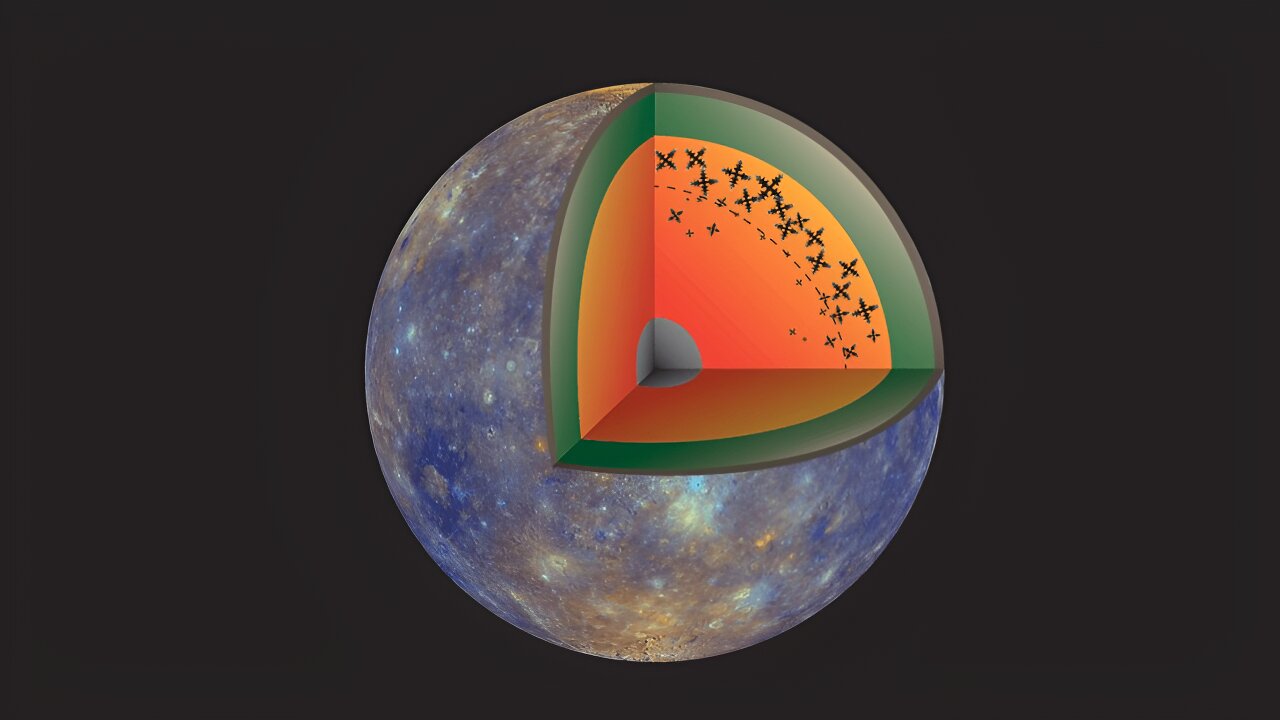Scientists are investigating a new, unique phenomenon called “iron snow”. It slowly descends into the mantle of some celestial bodies and strongly affects changes in the magnetic fields around them.

Amazing “Iron Snow”
Just as snow crystals form in the upper atmosphere and then fall to lower, warmer altitudes and melt, scientists believe that a phenomenon called “iron snow” occurs in the molten iron cores of some planetary bodies. Cooling near the boundary of the planet’s core and mantle creates iron crystals that melt as they fall deep into the hot core.
This movement can create magnetic fields in some smaller bodies, such as Mercury and Jupiter’s moon Ganymede, but its dynamics are not well understood.
In a first-of-its-kind experiment, Ludovic Huguet and his team of researchers simulated “iron snow” in the laboratory using water ice and found clear cycles of crystal formation.
What did the experimental studies show?
The researchers’ simple experimental setup included a water tank that was cooled from below, with a layer of salt water at the bottom to prevent ice crystals from sticking together. When the lower layers of fresh water cooled, they formed ice particles that rose up and melted when they got into warmer water.
This created an overturning current, which, together with the latent heat released during the formation of solid particles, eventually warmed up the lower water levels and stopped the formation of ice. When the water was sufficiently cooled again, the process started again.
The scientists’ model shows that planetary bodies with molten iron cores can pass through similar bursts of “iron snow” formation, which create internal fluid flows in a metallic melt, activating a periodic force generated by a planetary magnetic field.
According to the authors of the study, several questions remain regarding this process, in particular, what degree of supercooling is necessary for the formation of crystals, how the particles of “iron snow” move together, and how these movements affect large-scale flows inside the core of planets.
According to phys.org
Follow us on Twitter to get the most interesting space news in time
https://twitter.com/ust_magazine


